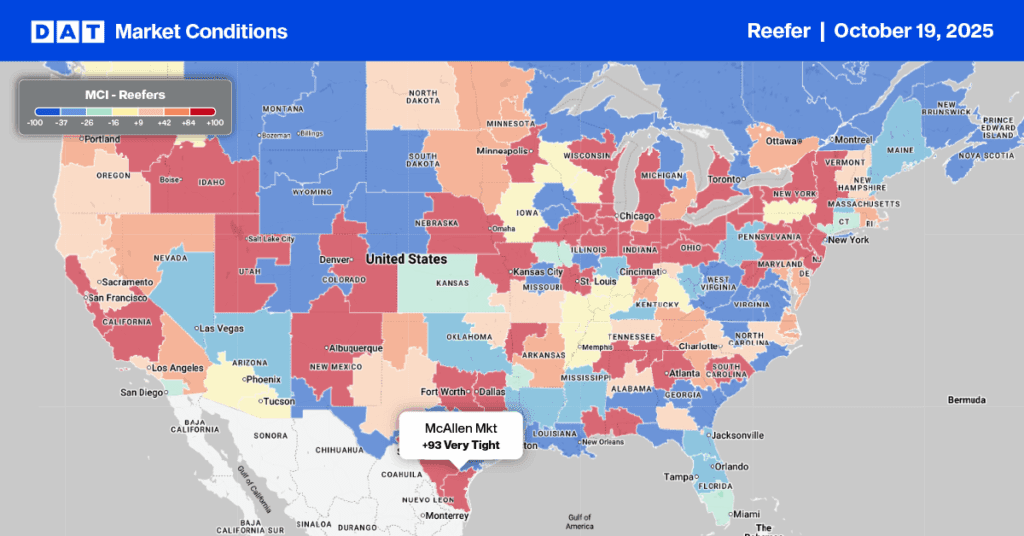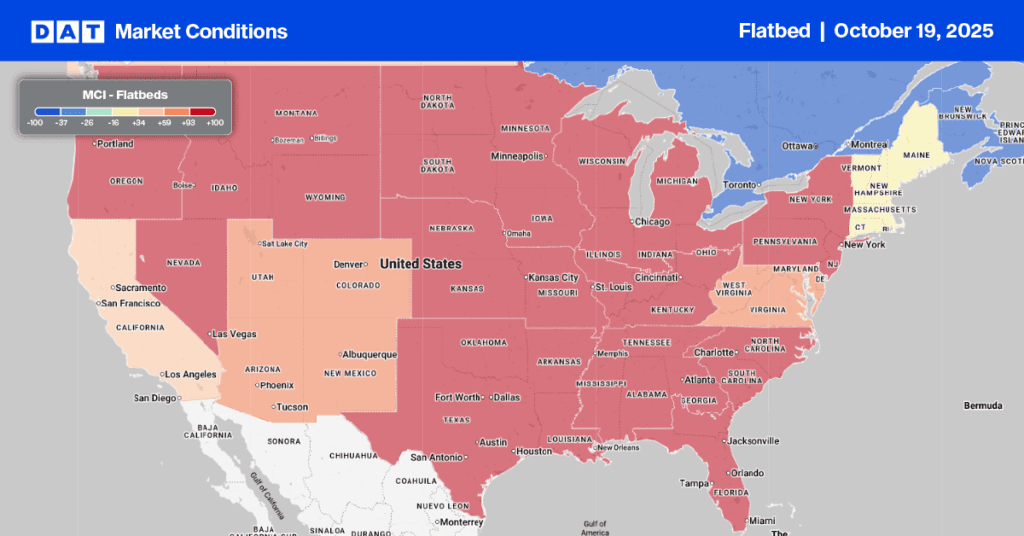Welcome to DAT Freight & Analytics’s six-part series on napping, sleep physiology, scheduling, and trip planning. While aimed at truckers in high-risk operating environments, the information will benefit anyone in the logistics industry equally. This week, we’ll examine driver scheduling in depth.
Are you a night owl or a morning lark?
We’re all born with a unique biological clock or chronotype in scientific terms; to most, we know it as our sleep personality. Some of us are hard-wired night owls, others are morning larks, and others are in between or what’s known as intermediate sleep types. Surveys show that around 15% of the population are night owls, 15% are morning larks, and 70% are intermediate sleepers.
Your sleep personality determines when you prefer to sleep each day based on how your brain is wired. This is why night owls can work as late as 3 a.m. and prefer sleeping in until midday on the night shift. In contrast, morning larks are comfortable with a 4 a.m. morning shift but prefer to be in bed around 7 p.m. Imagine putting a night owl on the morning shift and vice versa.
Intermediate sleep types typically prefer to go to bed around 10 pm and wake around sunrise. They usually work night and day shifts, but only briefly. They’re adaptable but not indefinitely.
Bio-compatible schedules and how to design them
Once you’ve mastered napping and sleeping in cycles and know your sleep personality, building what’s known as a bio-compatible schedule is vital. This type of schedule is built around the driver’s preferred sleep pattern rather than more common business practices such as shift start time of customer delivery or pickup appointments.
In the case of sleeper teams, pairing a night owl with a morning lark would be ideal to provide a broader range of driver alertness over a 24-hour. The more significant benefit is that each driver would sleep at their preferred time daily. The same logic applies to solo driver schedules – designing the driving and work schedule around the driver’s preferred sleep pattern.
In order of importance, the core tenants of a bio-compatible schedule include:
- The drivers must start work at the same time daily – a routine is vital.
- A fixed start time allows anchor sleep to occur, i.e., sleep simultaneously every day.
- At least six hours of sleep or four cycles every 24 hours (can be in single or multiple blocks).
- Strategically timed naps to add to the core sleep block.
- Two periods of back-to-back night sleep every seven days.
- Shippers and receiver appointment times outside the preferred sleep block.
This may sound counterintuitive, but it works and is incorporated into the current hours of service regulations. Well-rested drivers run more miles, quit less, and are on time more often.
Can drivers adapt to working nights?
In most cases, the answer is rarely, but not because drivers can’t adapt. It’s because they don’t have a set start and finish time and, by default, a regular sleep pattern. Changing the daily start time alters or shortens a driver’s sleep and disrupts the sleep/wake cycle triggered primarily by light timing.
Because humans are born nocturnal sleepers and have evolved to wake with the sunrise and sleep after sunset, their sleep quantity and quality are severely diminished anytime a driver tries to sleep during the day. The reason is simple – even though you’re tired and may have been up all night driving, as soon as your eyes detect light at sunrise, a signal is sent to your body clock that another day is here and to wake up. Light is the primary cue for the 24-hour sleep/wake cycle.
Studies show that daytime shift workers get 2.5 hours less sleep per day than their dayshift colleagues and, on average, get around 4.5 hours during a 10-hour off-duty rest period. Avoiding light during the 10-hour break would help extend the sleep period. Still, drivers typically sleep three hours and then wake to go to the bathroom, get a hefty dose of sunlight along the way, and then attempt to return to sleep without success.
How’s your sleep hygiene?
Most of us recognize that the sleep environment can significantly affect how (and if) we sleep, but are you doing everything you can to make your bedroom or sleeper cab a sleep haven? Here are a few tips for making your bedroom or truck more sleep-friendly.
Noise
Noises at levels as low as 40 decibels or as high as 70 decibels generally keep us awake. That means a dripping faucet and the next-door neighbor’s blaring stereo can steal your sleep. Avoid unwanted sounds with earplugs or use “white noise,” such as a fan or an air conditioner. Take your favorite clock when you travel to recreate familiar sounds that help you sleep.
Temperature
In most cases, temperatures above 73 degrees Fahrenheit (23 degrees Celcius) and below 53 degrees Fahrenheit (12 degrees Celcius) will disrupt sleep. The point at which sleep is interrupted due to temperature or climate conditions varies from person to person and can be affected by bed clothes and bedding materials selected by the sleeper. Most sleep scientists believe that a slightly cool room contributes to good sleep. 65 to 68 degrees Fahrenheit works for most people.
Light
Much of our sleep patterns – feeling sleepy at night and awake during the day – are regulated by light and darkness. Intense light, like bright outdoor light (brighter than indoor light even on cloudy days), is the most potent regulator of our biological clock. The biological clock influences when we feel sleepy and when we feel alert. As a result, finding the balance of light and darkness exposure is essential. Bright light helps keep you awake during the day, but bright lights can be disturbing during sleep. At bedtime, think dark: a dark bedroom contributes to better sleep. Try light-blocking curtains, drapes, or an eye mask.
Bio-compatible scheduling may sound complicated and even difficult to operationalize in a trucking business, but it works, and drivers love it. Involve all company members in designing and implementing a program like this – it’s not a safety program but a new way to engineer safety in every aspect of your business.
Disclaimer: This information is not designed to be a substitute for medical advice from a qualified practitioner or a diversion from the safe operation of motor vehicles. If you have any questions about the safe application of this information at your company, please consult your immediate supervisor. If you have health concerns adversely affecting your sleep, please immediately consult your family doctor.


